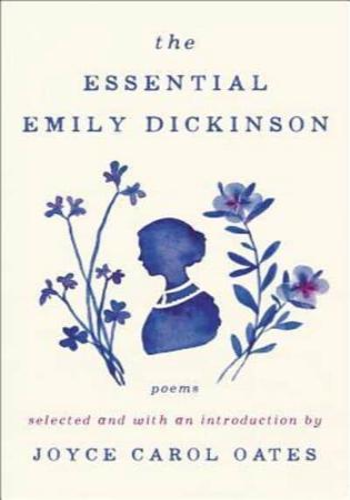Chapter 1: The Life of Emily Dickinson
Emily Dickinson lived a secluded life in Amherst, Massachusetts, in the mid-19th century. She was a prolific poet and wrote over 1,800 poems, many of which were only discovered after her death. Dickinson was a keen observer of nature and the human condition, and her poems are often characterized by their brevity, wit, and emotional depth.
Chapter 2: Emily Dickinson's Poetry
Dickinson's poetry is known for its distinctive style and themes. She often used short, unrhymed lines and unconventional capitalization and punctuation. Her poems often explore themes of death, love, nature, and the search for God.
Chapter 3: Death and Mortality
Death is a recurring theme in Dickinson's poetry. She often explored the concept of mortality and the afterlife, and her poems often express a sense of both fear and fascination with death.
Example:
"Because I could not stop for Death –
He kindly stopped for me –
The Carriage held but just Ourselves –
And Immortality."
Chapter 4: Nature
Nature was a source of inspiration for Dickinson. She wrote many poems about the plants, animals, and landscapes of her surroundings. Her poems often capture the beauty and mystery of the natural world.
Example:
"I'm Nobody! Who are you?
Are you – Nobody – too?
Then there's a pair of us!
Don't tell! they'd advertise – you know!"
Chapter 5: Love and Loss
Dickinson's poems often explore the themes of love and loss. She wrote about the joys of love, the pain of heartbreak, and the longing for connection.
Example:
"Love is anterior to Life,
Posterior to Death,
Initial of Beginning and
Ethereal of Breath."
Chapter 6: Faith and Doubt
Dickinson's relationship with religion was complex. She was raised in a devout family, but she often expressed doubts and questions about traditional faith. Her poems often grapple with the search for God and the nature of belief.
Example:
"'Hope' is the thing with feathers –
That perches in the soul –
And sings the tune without the words –
And never stops – at all –"
Chapter 7: Legacy and Influence
Emily Dickinson's poetry has been praised for its originality, insight, and emotional resonance. She is considered one of the most important poets in American literature. Her work has influenced generations of poets and has inspired numerous adaptations and interpretations.







